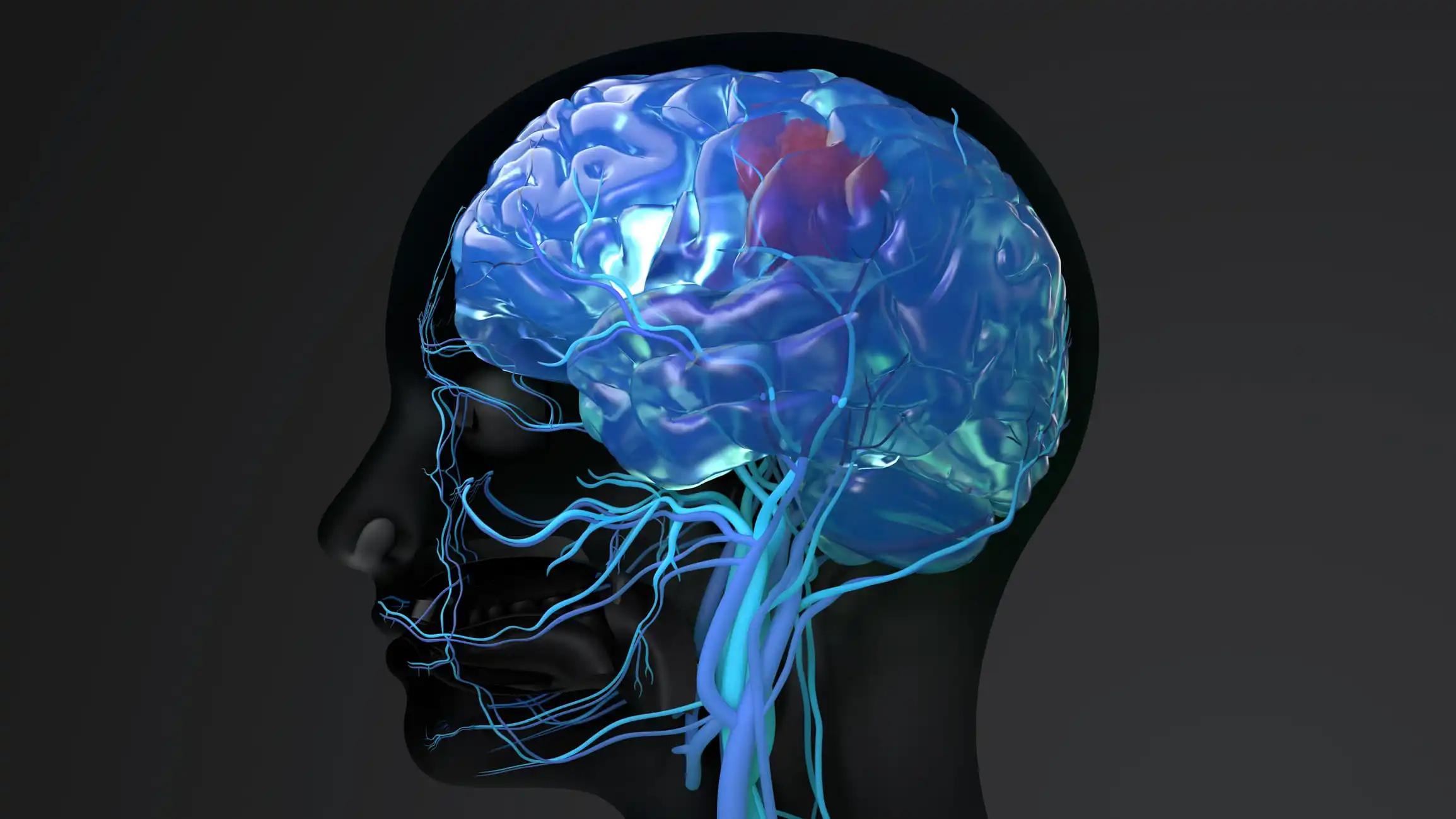KEY TAKEAWAYS
- The study aimed to assess PET/CT’s accuracy for detecting neck metastasis in HNC and the impact of time since surgery.
- The study concluded that PET/CT is most reliable within 2 weeks of surgery, with up to 4 weeks still acceptable.
Detecting nodal metastasis is crucial for treating and prognosing head and neck cancer (HNC). Positron emission tomography/computed tomography (PET/CT) is increasingly utilized to identify cervical lymph node involvement.
E Koroglu and the team aimed to evaluate how accurately PET/CT detects neck metastasis in patients with HNC and to assess how the time between surgery and PET/CT affects this accuracy.
The study included 50 patients with HNC who underwent PET/CT before surgery. Preoperative PET/CT images for detecting lymph node metastasis were compared with histopathological analysis of neck dissection samples. Neck dissections were categorized into 3 groups based on the time interval between surgery and PET/CT: 0-2 weeks, over 2-4 weeks, and over 4 weeks.
The concordance between PET/CT results and histopathology was evaluated for different time intervals. The study calculated PET/CT’s specificity, sensitivity, accuracy, negative predictive value (NPV), and positive predictive value (PPV) for detecting metastatic lymph nodes.
About 79 neck dissections, with 29 patients (58%) undergoing bilateral neck dissection. The PET/CT showed the highest accuracy in detecting nodal metastasis during the 0-2 weeks interval, at 95.6%. In this timeframe, PET/CT’s sensitivity was 100%, specificity was 90.9%, NPV was 100%, and PPV was 92.3%.
The study concluded that while PET/CT is a crucial and reliable method for detecting nodal metastases in patients with HNC, its reliability diminishes as the time between surgery and imaging increases. The optimal interval for PET/CT was 2 weeks, although up to 4 weeks remained acceptable.
No financial support was provided.
Source: https://pubmed.ncbi.nlm.nih.gov/39082911/
Koroglu E, Sirin S, Isgoren S. (2024). “The Importance of the Time Interval Between Preoperative 18F-FDG PET/CT Imaging and Neck Dissection for the Detection of Nodal Metastases in Patients with Head and Neck Squamous Cell Carcinoma.” Niger J Clin Pract. 2024;27(7):859-864. doi:10.4103/njcp.njcp_38_24



